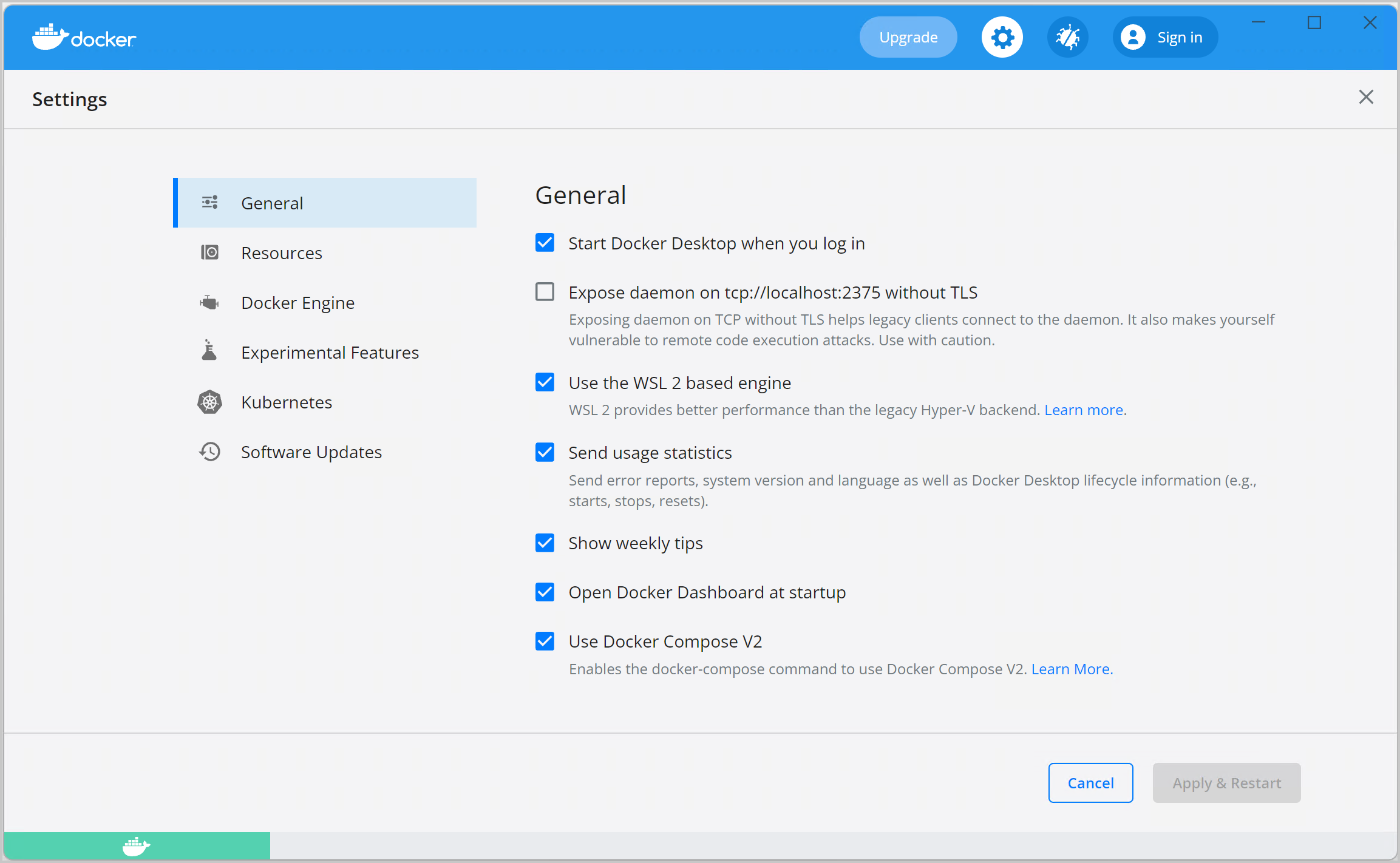

The container’s network, use the -publish or -p flag. To services outside of Docker, or to Docker containers which are not connected to It does not publish any of its ports to the outside world. Published portsīy default, when you create or run a container using docker create or docker run, This topic is about networking concerns from the View, it has a network interface with an IP address, a gateway, a routing table,ĭNS services, and other networking details (assuming the container is not using

Plugin, is transparent from within the container. Overlay, a macvlan network, or a custom network Besides, these ports will be shared among other services and exposed to the host machine to a random or given port.The type of network a container uses, whether it is a bridge, an On the other hand, the ports instruction allows us to specify both host and container port numbers. The expose instruction allows us to expose ports without publishing them or binding them to the host ports, i.e., ports are not exposed to host machines, only exposed to other services. We can do this using the expose or ports instruction. Like we specified port numbers in the Dockerfile, we also need to specify port numbers in the docker-compose.yml file.

Under the docker-compose.yml file, we can specify how our containers are configured among other files, such as the services, version of the file, volumes used, and networks that connect the services. the Docker Compose Portsĭocker-compose is a utility tool that allows us to run multi-container applications on Docker.

We can also publish a container to a specific port on the host by using the small case -p tag. This allows us to avoid conflict in ports. The upper case -P tag, when used at runtime, allows us to bind all exposed tags to random ports on the host. We need to use the uppercase -P tag or the lowercase -p tag.Īlthough we can achieve the results with either, these tags have significant differences. Now, bind this port to the host port number. The output above shows that the Nginx container runs on port 80 as stated in the Dockerfile and the TCP protocol.Īlternatively, we can also expose a port at runtime using the -expose tag when creating the container, as shown below. Output: CONTAINER ID IMAGE COMMAND CREATED STATUS PORTS NAMESĩ9edfdea0443 nginx "/docker-entrypoint.…" 3 minutes ago Up 2 minutes 80/tcp nice_volhard In that case, we can quickly determine some helpful information from the container, such as the port number and the protocol used. Suppose we pull the official Nginx image from the Docker registry, create a container, and run the container. COPY docker-entrypoint.sh /ĬOPY 10-listen-on-ipv6-by-default.sh /docker-entrypoint.dĬOPY 20-envsubst-on-templates.sh /docker-entrypoint.dĬOPY 30-tune-worker-processes.sh /docker-entrypoint.d The Docker will use the default TCP protocol since the protocol is not specified in the Nginx official docker file. However, we can provide other protocols, such as the UDP protocol. We don’t have to specify the protocol since Docker can use the default TCP protocol. However, note that this instruction is merely a reference point and does not map the container port to the host port. The EXPOSE instruction is used to inform Docker that the container we are building should listen on a particular network port at runtime. the EXPOSE DockerFile Instruction in DockerĪ docker file is simply a text file that specifies instructions to assemble an image using the docker build command. We will also discuss how we can map the container port to a host port and the differences in the methods. In this article, we will introduce two significant ways that we can use to expose ports in Docker. We need to make ports available to the outside world to achieve this. In Docker, after we created a container using the docker create or the docker run, we may want our container to interact with outside services or other external containers.


 0 kommentar(er)
0 kommentar(er)
